This week I’m bringing you glad tidings from Shaftesbury, a royal town in North Dorset. Why? Well…
If you don’t watch Richard Osman’s House of Games, it’s a teatime quiz show made on a shoestring where four celebrities compete to win dartboards, aprons, deckchairs and the like, all emblazoned with the stylised face of the host. It is my dream to be famous enough to go on it. Anyway, there’s a round called I’m Terrible At Dating where the contestants have to guess the year a random event happened and the other day, that event was the accession of Edward the Confessor. The winner was nearly 550 years out. I was two years out – it was 1042 and I guessed 1040. Theirs were complete stabs in the dark but any interest I’ve ever taken in history lies between the mid-10th and 11th centuries and I could reason it down to a pretty accurate guess. I admit, I was surprised how close I got.
What’s this got to do with Shaftesbury? Well, that I like and am interested in Saxon kings and that Shaftesbury was not only founded by Alfred the Great, it’s also the resting place of the bones of his great-great grandson Edward the Martyr and it’s where King “turn back the tide” Cnut died, although his bones are at my beloved Winchester Cathedral nowadays, all jumbled up in some mortuary chests along with those of Æthelred the Unready and their wife Emma of Normandy (yes, she was married to both of them) and apparently William Rufus, a Norman king and son of William the Conqueror (and because the Saxon family trees are bewildering, the great-great-great grandson of our friend Edmund Ironside, brother of Edward the Confessor, to say nothing of a handful of earlier kings of Wessex and assorted bishops.
So I thought I’d go and see what Shaftesbury is like. It’s built on top of a hill with pretty spectacular views over the North Dorset countryside – a great location for an important town back in the ninth century. And Shaftesbury was important – it’s just a small place now but it hasn’t always been so. Before the Domesday Book, the 1086 document listing for tax purposes all the settlements in England, there was the Burghal Hidage, which was compiled around 914 to list all the fortified places in Wessex. Shaftesbury was one of three in modern-day Dorset. King Æthelstan founded two mints here, to make coins somewhere between 924 and 939 and the aforementioned Edward the Confessor founded a third. I thought it was Alfred’s capital and couldn’t figure out how Shaftesbury and Winchester could both be Wessex capitals but it appears Shaftesbury was merely the biggest town in Dorset and home to the huge and very wealthy Benedictine abbey.
How much would Alfred, Cnut and Edward recognise? Not much, I think. Shaftesbury is certainly a pleasantly old-fashioned town but it’s not that old. The only place the Saxon kings would recognise is the ruins of the Abbey and its gardens. I suppose some of the rolling green hills visible from the terrace outside the Abbey gates haven’t changed much in the last thousand years either, although they’d be bewildered by the buzzing of the tiny planes from hilltop Compton Abbas airfield.

Unfortunately, the Abbey gardens closed for the season just last weekend. There’s not a lot left to see. Alfred the Great built it in 888 and Henry VIII knocked it down in 1539. You can see the outline of some of the buildings but it’s incomplete and looks very small for what was once the second-richest abbey in England. I wish it had been open so I could say more about it because it was hugely significant in its day. Never mind. When it reopens in the spring, I’ll do an entire blog post dedicated to it. Suffice it to say that it was founded by Alfred who placed his daughter Æthelgifu as the first abbess. His granddaughter-in-law Ælfgifu was buried here in the mid-10th century and became a saint, albeit one who doesn’t get a lot of attention outside Wessex, despite continuing to cause miracles at her tomb.

So I went out into modern Shaftesbury instead, or at least the old stone town centre. Shaftesbury possesses a Tesco and an Aldi positioned back-to-back, industrial estates, houses and it stretches so far that long before you’ve left the town, via two separate roads you’ve met the “welcome to Wiltshire” signs. No, I stuck to the pretty bit.
First, there’s Gold Hill. You know Gold Hill. It’s the famous Hovis advert – you know the one, the Ridley Scott-directed one where the boy pushes the bike up the hill. This one:
It looks a little different now and it’s also, annoyingly, south-facing which means I’m taking the photos straight into the midday sun. Well, at least it was sunny. It’s rained heavily ever since. I’d never realised how well-buttressed it is on the other side of the cobbled street. Those walls and buttresses are holding up the grounds of the abbey which is on a terrace above. At the top of Gold Hill is a cafe with outdoor seating if you want a cup of tea and sandwich – do they make them with Hovis? – with a view. To the left, if you’re looking down Gold Hill, is Gold Hill Museum. Closed when I was there, naturally. It’s less a museum about Gold Hill as about Shaftesbury in general and it contains an archive of historical and county documents.
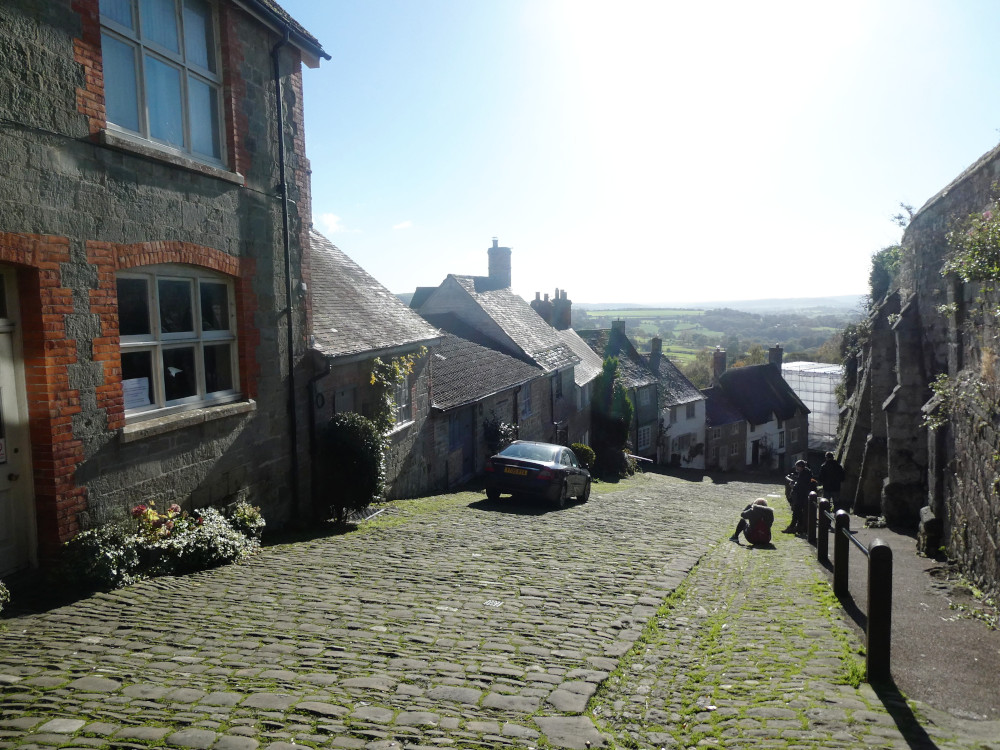
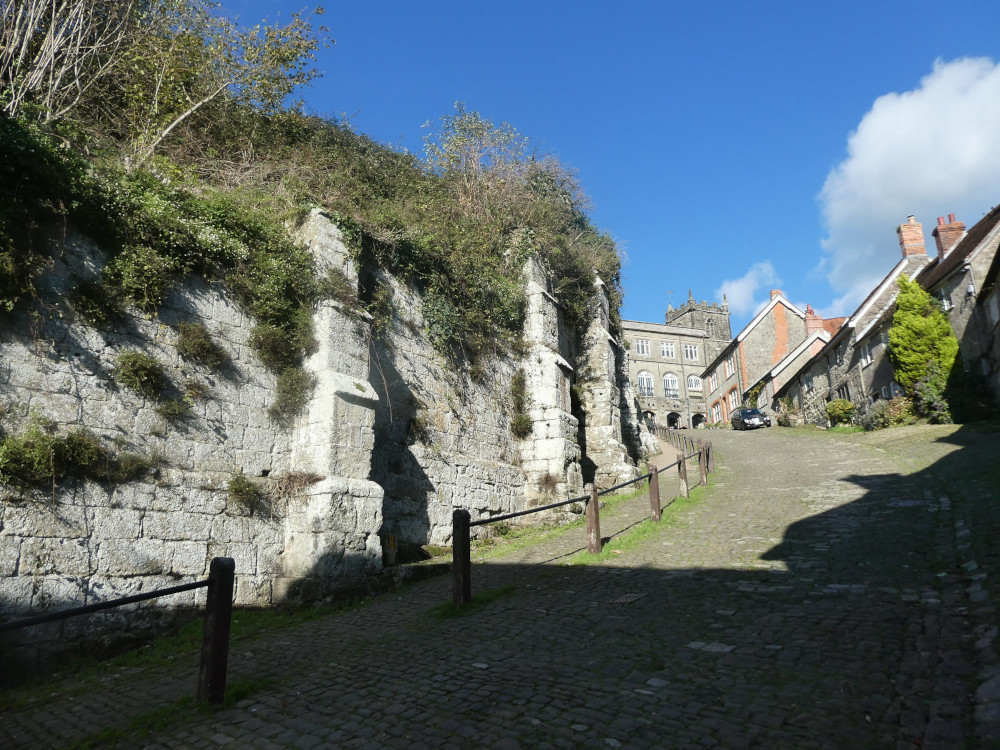
To the right is my new favourite shop. On its website, Folde describes itself as an independent bookshop but it’s a bookshop themed around nature and the landscape and art. There are plenty of books but my eyes were caught by art and jewellery and pottery and all sorts. Actually, my eye was caught by a book in the low windows and I went in to see if they had a copy of the book that wasn’t part of the display. They did! So I bought Dark Fairy Tales of Fearless Women, which I haven’t read yet but expect to be a more grown-up version of a book I had as a child called The Practical Princess, and I bought the Dartmoor and South Devon version of the Wild Swimming Walks book – I already own the Dorset and East Devon version. That last link is to Folde because why advertise an independent bookshop and then link elsewhere, but the previous two all go to bookshop.org which supports local bookshops rather than Amazon because Folde doesn’t have them. The bookshop.org links are affiliate links, full disclosure. The Folde/Dorset & East Devon link isn’t.

Then I walked down through town. It’s pretty but it’s a fairly average high street, on closer inspection. I got some skincare bits in Boots and looked in the windows of Crystal Clear, which is an independent jewellers with some pretty things, and in Cranbornes, which is a bit of a Shaftesbury icon. It’s one of these gift shops mostly frequented by people in their 60s but its windows were packed with Christmas stuff.

My eye was caught by Right Over the Top which I took to be an antique shop but which is actually a hairdresser, because it has a huge glass front and over the door – right over the top – is a gleaming suit of armour. I admit, it’s not best displayed in a picture where half the window is covered in condensation but it’s still very eye-catching as you walk past.

I didn’t stop in any of them but there are clearly plenty of small cafes where you could have lunch if you have a bit more time. Gusto Coffee looked nice, as did the Ugly Duckling Cafe in Swans Yard where I stopped to peer into the Cygnet Gallery which was displaying some Christmas fused glass art. I love fused glass. I got my lunch from the Baguette Bar which is a tiny shop in what looks like – but probably isn’t – a tiny barn conversion in the car park behind Morrisons. It only takes cash and it makes a proper half-sized baguette with whatever you request. Subway but better and more local.

I like old things and I like churches so I stuck my head in St Peter’s Church at the top of Gold Hill. It’s the oldest church in Shaftesbury and was built as a pilgrim church outside the walls of the abbey somewhere around the 14th century. The wall on the road side is probably oldest and probably is from the 14th century, along with the stumpy stone tower. Oh, it’s good-looking from the outside, minus the details that it’s literally attached to the pub that comes next in the street, the cottage behind and that it has no grounds. Other bits were added on over the next two hundred or so years and it had extensive repairs in the second half of the 20th century. The result is that this low and dark church is actually quite bright inside, at the expense of a lot of its history. At the west door there are three excellent stone arches but they’re half-hidden behind a very modern and very ugly ceiling. I like the big circular light but if I had a few million to spare, I’d be getting that ceiling ripped out and something more sympathetic put in. That said, there’s clearly a community there – among the leaflets and book is a basket labelled “reading glasses – to borrow”.

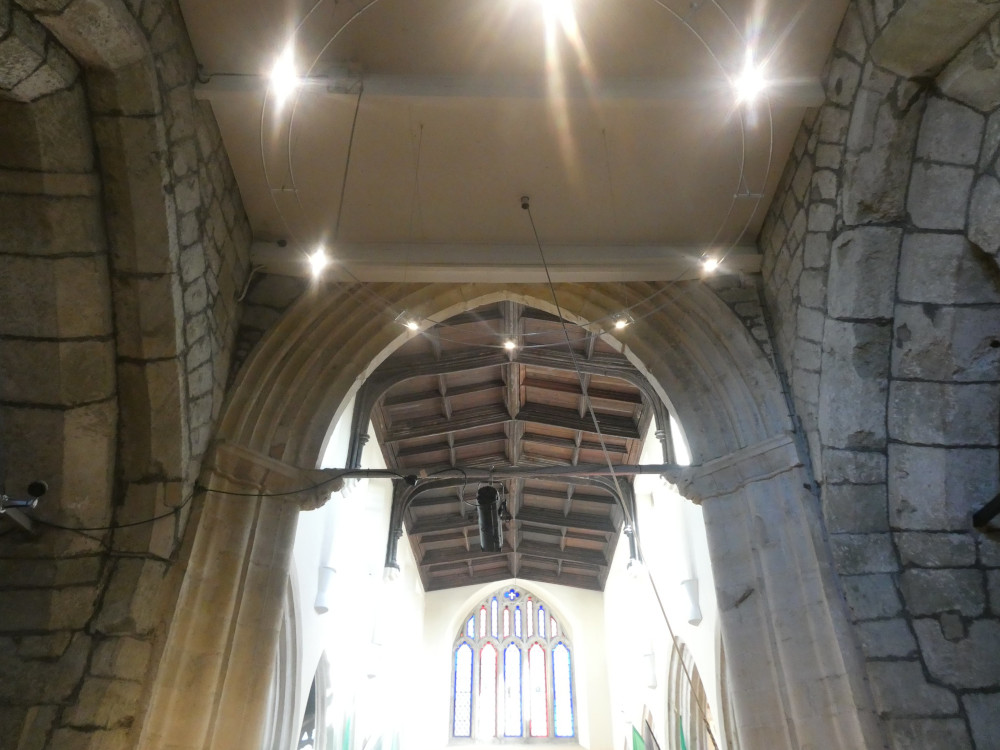
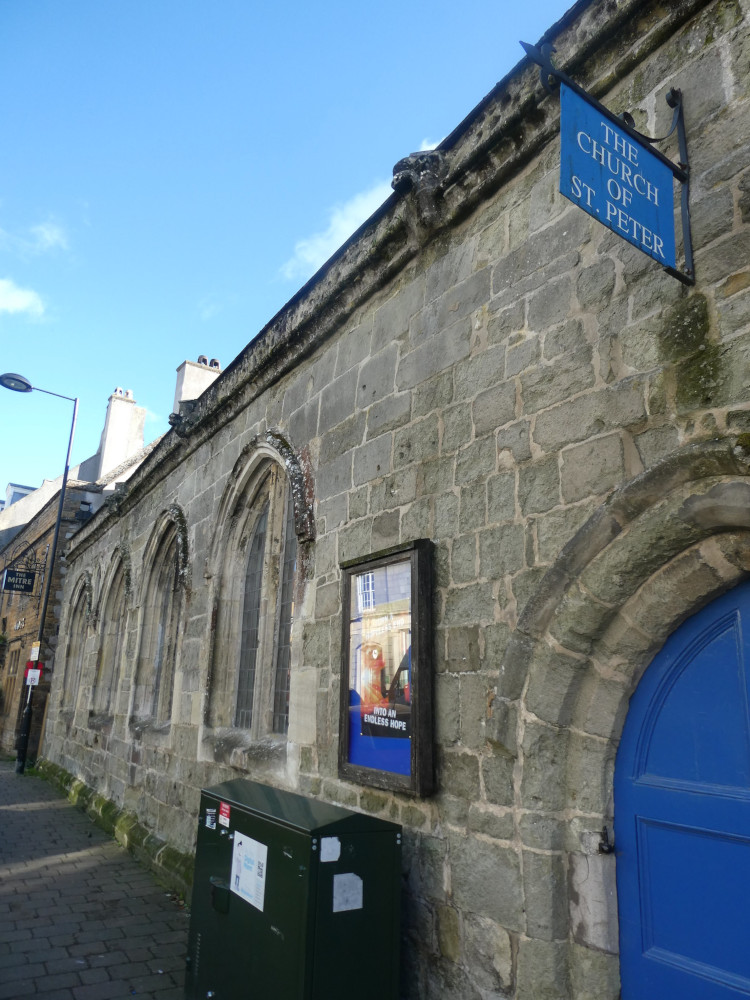
I finished up my day at the Trinity Centre which is a big church with a tall spire. It’s Victorian but quite pretty and I was disappointed to discover it’s no longer a church. Well, the fact that I named it as the Trinity Centre rather than Holy Trinity Church may have given that away. Now it’s an office, an old people’s centre and home to the local Scouts. It’s a shame because it’s such an eye-catching church but even post-abbey, Shaftesbury had something like eleven churches and it just wasn’t getting enough use to be viable as a church anymore.

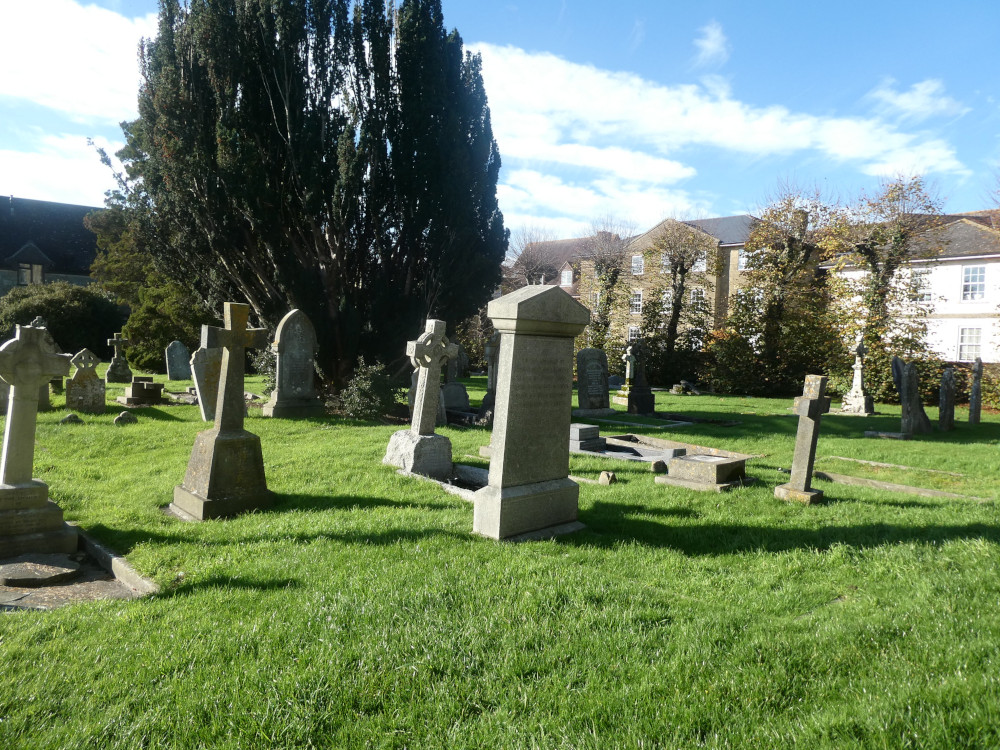
And finally, it has an outdoor heated pool. It’s closed for the winter but it’s such an amazing thing to have in a small town in the middle of the countryside. If you have something like this in your town, make use of it, please, especially if it’s an independent one like Shaftesbury Lido which is operated by the local council and not by a big chain.
